Formula CaO Molar mass 56.0774 g/mol Density 3.35 g/cm³ Soluble in Water, Glycerol | IUPAC ID Calcium oxide Melting point 2,572 °C Boiling point 2,850 °C | |
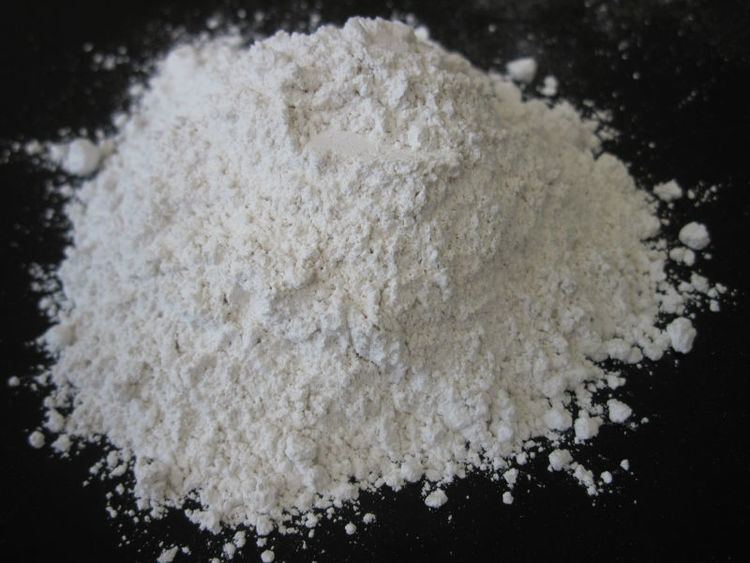 | ||
Appearance White to pale yellow/brown powder | ||
Calcium oxide
Calcium oxide (CaO), commonly known as quicklime or burnt lime, is a widely used chemical compound. It is a white, caustic, alkaline, crystalline solid at room temperature. The broadly used term "lime" connotes calcium-containing inorganic materials, in which carbonates, oxides and hydroxides of calcium, silicon, magnesium, aluminium, and iron predominate. By contrast, "quicklime" specifically applies to the single chemical compound calcium oxide. Calcium oxide that survives processing without reacting in building products such as cement is called free lime.
Contents
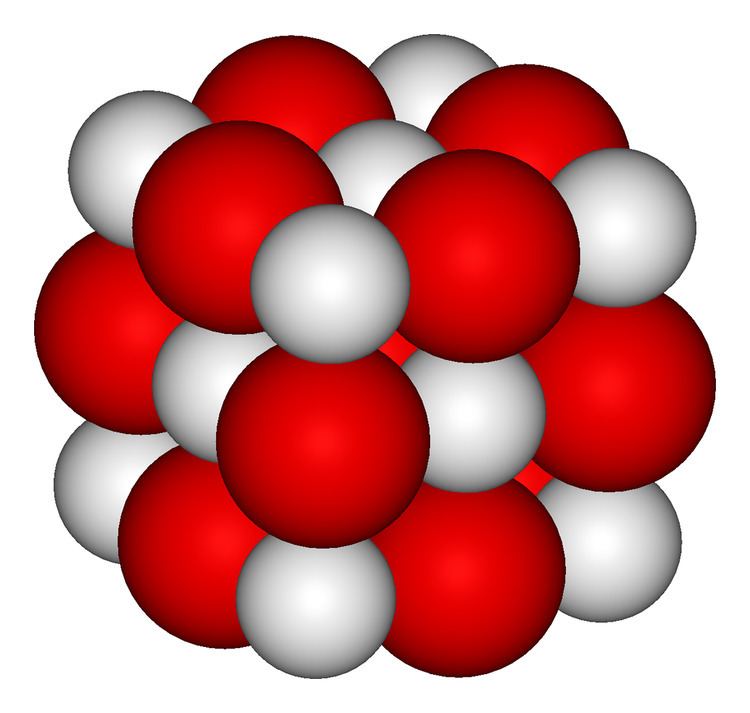
Quicklime is relatively inexpensive. Both it and a chemical derivative (calcium hydroxide, of which quicklime is the base anhydride) are important commodity chemicals.
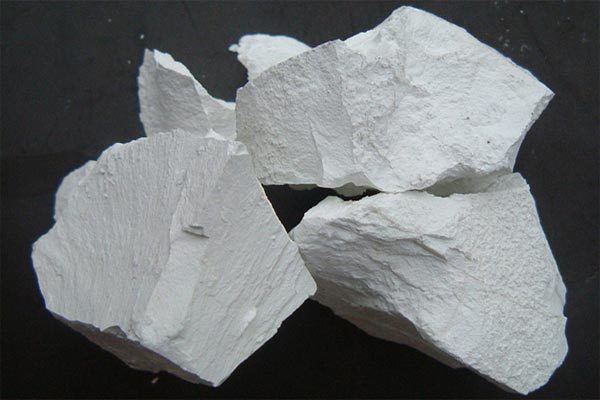
Preparation
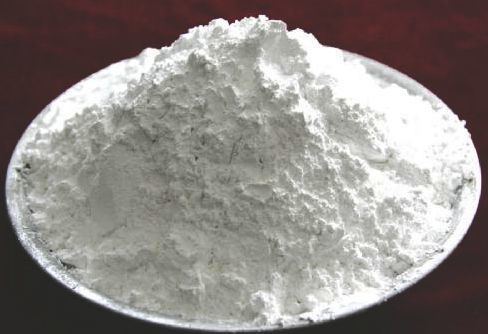
Calcium oxide is usually made by the thermal decomposition of materials, such as limestone or seashells, that contain calcium carbonate (CaCO3; mineral calcite) in a lime kiln. This is accomplished by heating the material to above 825 °C (1,517 °F), a process called calcination or lime-burning, to liberate a molecule of carbon dioxide (CO2), leaving quicklime.
CaCO3(s) → CaO(s) + CO2(g)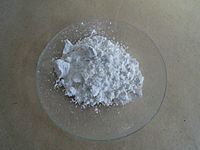
The quicklime is not stable and, when cooled, will spontaneously react with CO2 from the air until, after enough time, it will be completely converted back to calcium carbonate unless slaked with water to set as lime plaster or lime mortar.
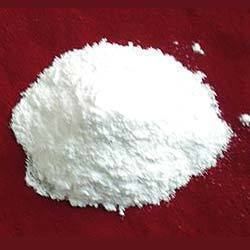
Annual worldwide production of quicklime is around 283 million tonnes. China is by far the world's largest producer, with a total of around 170 million tonnes per year. The United States is the next largest, with around 20 million tonnes per year.
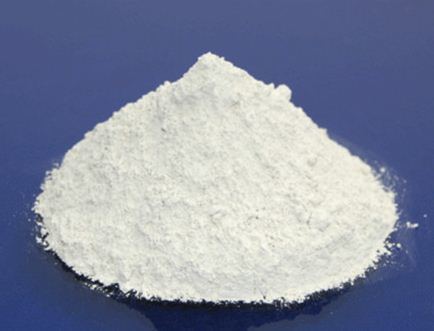
Approximately 1.8 t of limestone is required per 1.0 t of quicklime. Quicklime has a high affinity for water and is a more efficient desiccant than silica gel. The reaction of quicklime with water is associated with an increase in volume by a factor of at least 2.5.
Usage
As a weapon
In 80 BC, the Roman general Sertorius deployed choking clouds of caustic lime powder to defeat the Characitani of Hispania, who had taken refuge in inaccessible caves. A similar dust was used in China to quell an armed peasant revolt in 178 AD, when "lime chariots" equipped with bellows blew limestone powder into the crowds.
David Hume, in his History of England, recounts that early in the reign of Henry III, the English Navy destroyed an invading French fleet by blinding the enemy fleet with quicklime.
Quicklime is also thought to have been a component of Greek fire. Upon contact with water, quicklime would increase its temperature above 150 °C and ignite the fuel.
Safety
Because of vigorous reaction of quicklime with water, quicklime causes severe irritation when inhaled or placed in contact with moist skin or eyes. Inhalation may cause coughing, sneezing, labored breathing. It may then evolve into burns with perforation of the nasal septum, abdominal pain, nausea and vomiting. Although quicklime is not considered a fire hazard, its reaction with water can release enough heat to ignite combustible materials.
